Deck 13: Basic Op-Amp Circuits
Question
Question
Question
Question
Question
Question
Question
Question
Question
Question
Question
Question
Question
Question
Question
Question
Question
Question
Question
Question
Question
Question
Question
Question
Question
Question
Question
Question
Question
Question
Question
Question
Question
Question
Question

Unlock Deck
Sign up to unlock the cards in this deck!
Unlock Deck
Unlock Deck
1/35
Play
Full screen (f)
Deck 13: Basic Op-Amp Circuits
1
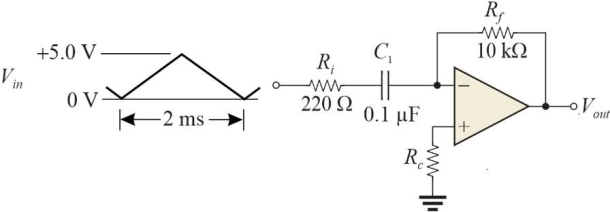 Figure 6
Figure 6Refer to Figure 6. You observe large decaying oscillations on the output. A likely cause is
A)Rf is open
B)C1 is wrong value
C)Ri is a wrong value
D)VCC is open
C
2
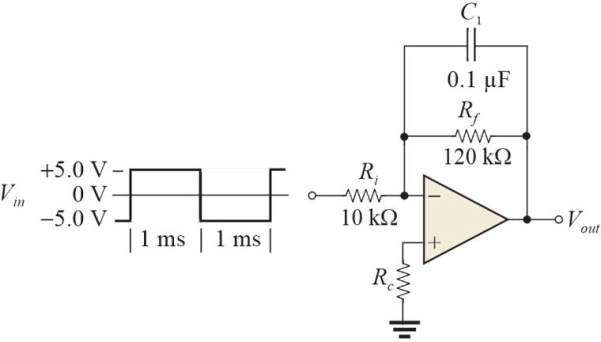 Figure 5 The input is a 500 Hz, 10 Vpp square wave centered about 0 V.
Figure 5 The input is a 500 Hz, 10 Vpp square wave centered about 0 V.Refer to Figure 5. After steady- state conditions are reached, the output will be
A)1.0 Vpp
B)2.5 Vpp
C)10 Vpp
D)5 Vpp
D
3
 Figure 1 Assume that +Vout(max)= +13 V and -Vout(max)= -13 V
Figure 1 Assume that +Vout(max)= +13 V and -Vout(max)= -13 VRefer to Figure 1. If the input is a 2 Vpp sine wave, the output will be
A)a ramp
B)a dc level
C)a square wave
D)an inverted sine wave
B
4
 Figure 4 The sine wave shown is the input signal.
Figure 4 The sine wave shown is the input signal.Refer to Figure 4. The correct output waveform is represented by
A)(a)
B)(b)
C)(c)
D)(d)

Unlock Deck
Unlock for access to all 35 flashcards in this deck.
Unlock Deck
k this deck
5
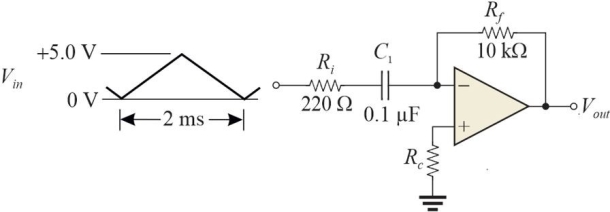 Figure 6
Figure 6Refer to Figure 6. The output waveform is a
A)square wave
B)sine- wave
C)positive and negative triggers
D)none of the above

Unlock Deck
Unlock for access to all 35 flashcards in this deck.
Unlock Deck
k this deck
6
The process of limiting the output of a comparator is called
A)bounding
B)clamping
C)hysteresis
D)none of the above
A)bounding
B)clamping
C)hysteresis
D)none of the above

Unlock Deck
Unlock for access to all 35 flashcards in this deck.
Unlock Deck
k this deck
7
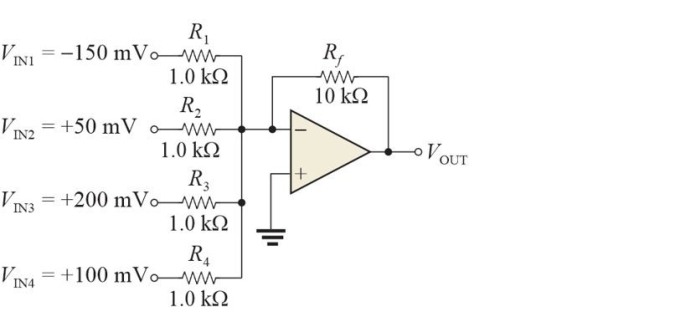 Figure 2
Figure 2Refer to Figure 2. Assume there is a fault and the output = -14 Vdc. A possible cause is
A)the feedback path is open
B)a power supply connection is open
C)A and B are both possible causes
D)none of the above

Unlock Deck
Unlock for access to all 35 flashcards in this deck.
Unlock Deck
k this deck
8
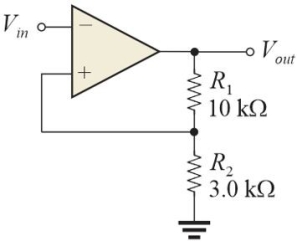 Figure 1 Assume that +Vout(max)= +13 V and -Vout(max)= -13 V
Figure 1 Assume that +Vout(max)= +13 V and -Vout(max)= -13 VRefer to Figure 1. If the input voltage is +11 V, the output will be
A)+11 V
B)+13 V
C)-13 V
D)-11 V

Unlock Deck
Unlock for access to all 35 flashcards in this deck.
Unlock Deck
k this deck
9
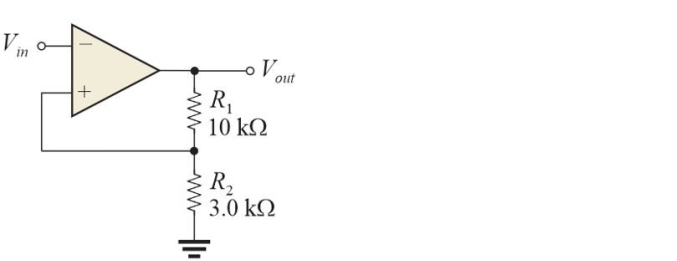 Figure 1 Assume that +Vout(max)= +13 V and -Vout(max)= -13 V
Figure 1 Assume that +Vout(max)= +13 V and -Vout(max)= -13 VRefer to Figure 1. The LTP is at
A)-3 V
B)-10 V
C)+10 V
D)+3 V

Unlock Deck
Unlock for access to all 35 flashcards in this deck.
Unlock Deck
k this deck
10
 Figure 3
Figure 3Refer to Figure 3. Assume all inputs are +3.0 V. The output will be
A)-4.5 V
B)+1.5 V
C)-1.5 V
D)+4.5 V

Unlock Deck
Unlock for access to all 35 flashcards in this deck.
Unlock Deck
k this deck
11
Hysteresis avoids noise by using
A)output limiting
B)positive feedback
C)very fast comparators
D)all of the above
A)output limiting
B)positive feedback
C)very fast comparators
D)all of the above

Unlock Deck
Unlock for access to all 35 flashcards in this deck.
Unlock Deck
k this deck
12
A simultaneous (flash)ADC is particularly useful when
A)high speed is required
B)noise rejection is required
C)there are many simultaneous input signals
D)the output must be a very large binary number
A)high speed is required
B)noise rejection is required
C)there are many simultaneous input signals
D)the output must be a very large binary number

Unlock Deck
Unlock for access to all 35 flashcards in this deck.
Unlock Deck
k this deck
13
 Figure 6
Figure 6Refer to Figure 6. The primary purpose of Ri is to
A)attenuate the output
B)provide a path for bias current
C)avoid output drift
D)avoid noise on the output

Unlock Deck
Unlock for access to all 35 flashcards in this deck.
Unlock Deck
k this deck
14
 Figure 5 The input is a 500 Hz, 10 Vpp square wave centered about 0 V.
Figure 5 The input is a 500 Hz, 10 Vpp square wave centered about 0 V.Refer to Figure 5. The primary purpose of Rf is to
A)provide a path for bias current
B)prevent noise from affecting the output
C)attenuate the signal
D)avoid drift

Unlock Deck
Unlock for access to all 35 flashcards in this deck.
Unlock Deck
k this deck
15
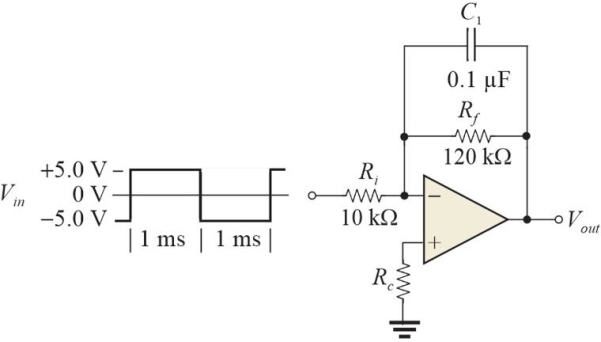 Figure 5 The input is a 500 Hz, 10 Vpp square wave centered about 0 V.
Figure 5 The input is a 500 Hz, 10 Vpp square wave centered about 0 V.Refer to Figure 5. Rc is in the circuit to balance the bias currents. A good value for Rc is
A)100 k▲
B)51 k▲
C)1.0 k▲
D)9.1 k▲

Unlock Deck
Unlock for access to all 35 flashcards in this deck.
Unlock Deck
k this deck
16
If a capacitor is charged with a constant current, the voltage across the capacitor is
A)constant
B)decreases
C)increases in a linear manner
D)increases in a non- linear manner
A)constant
B)decreases
C)increases in a linear manner
D)increases in a non- linear manner

Unlock Deck
Unlock for access to all 35 flashcards in this deck.
Unlock Deck
k this deck
17
 Figure 4 The sine wave shown is the input signal.
Figure 4 The sine wave shown is the input signal.Refer to Figure 4. If the zener were reversed, the output would
A)have a longer positive output
B)be the inverse
C)have a shorter positive output
D)not change

Unlock Deck
Unlock for access to all 35 flashcards in this deck.
Unlock Deck
k this deck
18
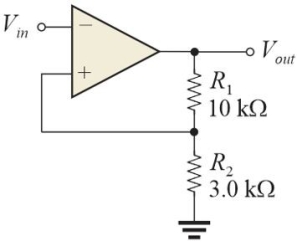 Figure 1 Assume that +Vout(max)= +13 V and -Vout(max)= -13 V
Figure 1 Assume that +Vout(max)= +13 V and -Vout(max)= -13 VRefer to Figure 1. The UTP is at
A)+10 V
B)-3 V
C)-10 V
D)+3 V

Unlock Deck
Unlock for access to all 35 flashcards in this deck.
Unlock Deck
k this deck
19
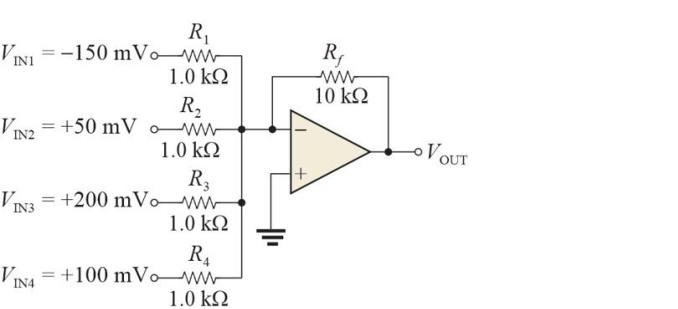 Figure 2
Figure 2Refer to Figure 2. The current in Rf is
A)200 µA
B)100 µA
C)500 µA
D)1.0 mA

Unlock Deck
Unlock for access to all 35 flashcards in this deck.
Unlock Deck
k this deck
20
The purpose of a zener diode between the output and inverting input of a comparator is to
A)limit the output voltage
B)set the upper and lower trip points
C)limit the input voltage
D)provide a stable comparison level for the input
A)limit the output voltage
B)set the upper and lower trip points
C)limit the input voltage
D)provide a stable comparison level for the input

Unlock Deck
Unlock for access to all 35 flashcards in this deck.
Unlock Deck
k this deck
21
A practical integrator circuit often uses an inductor in the feedback path.

Unlock Deck
Unlock for access to all 35 flashcards in this deck.
Unlock Deck
k this deck
22
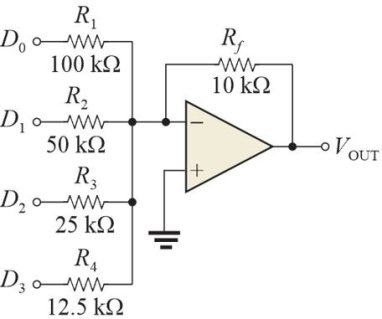 Figure 3
Figure 3Refer to Figure 3. An open input resistor will
A)cause the output to be zero
B)appear as a 3 V input
C)cause the output to saturate
D)none of the above

Unlock Deck
Unlock for access to all 35 flashcards in this deck.
Unlock Deck
k this deck
23
The purpose of a priority encoder in a flash ADC is to determine
A)the sequence of binary numbers to send to the output
B)which input to encode first
C)which input has the highest value
D)the number of output bits required
A)the sequence of binary numbers to send to the output
B)which input to encode first
C)which input has the highest value
D)the number of output bits required

Unlock Deck
Unlock for access to all 35 flashcards in this deck.
Unlock Deck
k this deck
24
An integrator circuit is useful in wave shaping applications.

Unlock Deck
Unlock for access to all 35 flashcards in this deck.
Unlock Deck
k this deck
25
A scaling amplifier is a summing amplifier with weighted inputs.

Unlock Deck
Unlock for access to all 35 flashcards in this deck.
Unlock Deck
k this deck
26
The output of a differentiator represents the rate of change of the input.

Unlock Deck
Unlock for access to all 35 flashcards in this deck.
Unlock Deck
k this deck
27
The output of a comparator is normally in one of two states.

Unlock Deck
Unlock for access to all 35 flashcards in this deck.
Unlock Deck
k this deck
28
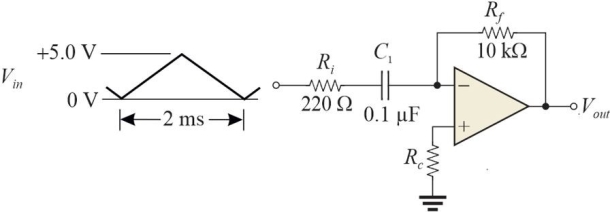 Figure 6
Figure 6Refer to Figure 6. After steady- state conditions are reached, the output will be
A)2.5 Vpp
B)5 Vpp
C)10 Vpp
D)1.0 Vpp

Unlock Deck
Unlock for access to all 35 flashcards in this deck.
Unlock Deck
k this deck
29
An R/2R ladder is generally used as an ADC.

Unlock Deck
Unlock for access to all 35 flashcards in this deck.
Unlock Deck
k this deck
30
 Figure 2
Figure 2Refer to Figure 2. VOUT is
A)-2.0 V
B)+1.0 V
C)+2.0 V
D)-5.0 V

Unlock Deck
Unlock for access to all 35 flashcards in this deck.
Unlock Deck
k this deck
31
A flash ADC with a four- digit binary output requires 8 comparators.

Unlock Deck
Unlock for access to all 35 flashcards in this deck.
Unlock Deck
k this deck
32
 Figure 5 The input is a 500 Hz, 10 Vpp square wave centered about 0 V.
Figure 5 The input is a 500 Hz, 10 Vpp square wave centered about 0 V.Refer to Figure 5. If C1 should open, the output will be
A)a 500 Hz triangle
B)an inverted 500 Hz square wave
C)a non- inverted 500 Hz square wave
D)a dc level

Unlock Deck
Unlock for access to all 35 flashcards in this deck.
Unlock Deck
k this deck
33
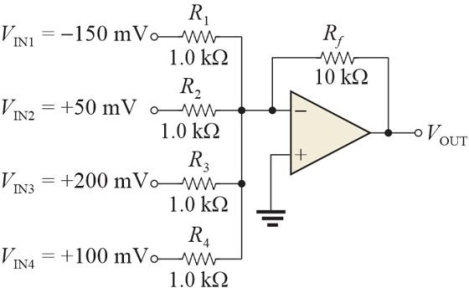 Figure 2
Figure 2Refer to Figure 2. The circuit is a
A)averaging amplifier
B)A/D converter
C)summing amplifier
D)scaling amplifier

Unlock Deck
Unlock for access to all 35 flashcards in this deck.
Unlock Deck
k this deck
34
A differentiator circuit can output a square wave from a sine wave input.

Unlock Deck
Unlock for access to all 35 flashcards in this deck.
Unlock Deck
k this deck
35
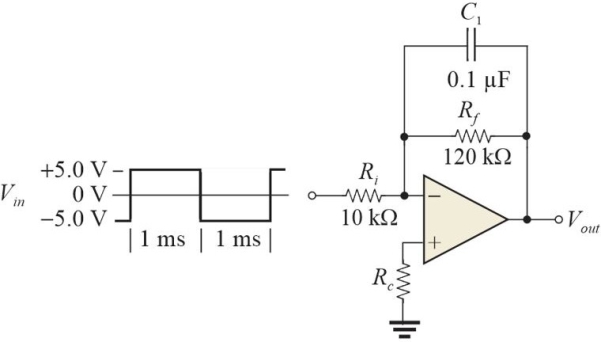 Figure 5 The input is a 500 Hz, 10 Vpp square wave centered about 0 V.
Figure 5 The input is a 500 Hz, 10 Vpp square wave centered about 0 V.Refer to Figure 5. The output waveform is a
A)sine- wave
B)square wave with the opposite phase
C)positive and negative triggers
D)none of the above

Unlock Deck
Unlock for access to all 35 flashcards in this deck.
Unlock Deck
k this deck



